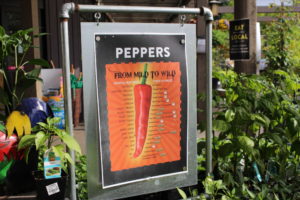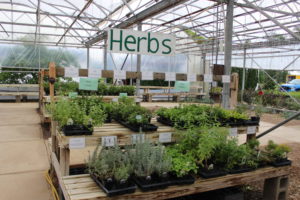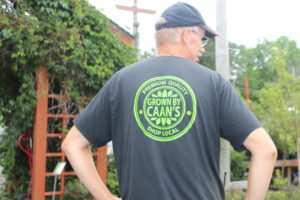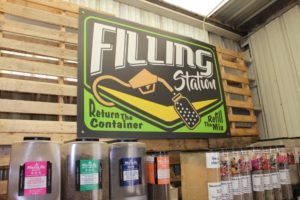Signage 101
Do you own a computer and a printer? If you said “yes,” it’s time to completely eliminate all hand-written retail signage. Hand-written signs might have been OK in the past, but just like avocado-colored refrigerators, they have gone out of style. With the advancement of computer technology, software and waterproof paper, there is no excuse not to design, print and laminate signs in-house. This article will highlight the advantages of signage and ways to use them.
Signage Basics
The goal of signage is to intercept natural sight lines, especially when the customer is amenable to receiving a message. You need customers to see the sign before you can deliver your message. If you are creating signs to attract attention and provide a basic message, the rule of thumb is two seconds per sign, limited verbiage with a large font size. Examples would be signs on your storefront or in the transition zone (area just upon entering the establishment). Traffic signs are a prefect example of this; they have a succinct message, unique shape and distinct color. Also, traffic signs use the rule of redundancy to engrave their messages into our brains the goal is instant recognition. Your store’s signage will not be identified as easily as traffic signs; however, the principles can still be applied.
Signs also need to be targeted to customer flow. Think of your local drug store. Your first goal is usually to head to the pharmacy counter. Following that transaction, you have time to shop the rest of the store. Going from front to back and back to front of your business, customers may have different priorities. This consumer behavior also applies on the path to your restrooms. Customers going there are not stopping and reading signs; however, upon exiting, they are more relaxed and can now start to interpret your signage.
If you have a detailed sign you would like customers to read, remember to place it where there’s time to interpret an elaborate message. For example, think about the post office: The signs visible in the cashier line are seen by many and can be more advanced. On the other hand, signs in the writing and weighing areas are not as extensive because people are too busy with their packages.
Taking It Up A Level
Now that you’ve reviewed the basics, why not take your signage up a notch? Extreme signage time! Many marketing companies offer programs that produce departmental banners that can coordinate with your bench cards, plant tags, etc. This can be a pricey investment, but one that will last from year to year. If you are not quite ready for this, at least consider departmental banners. These alone can answer a lot of customer questions.
Try incorporating your store’s logo into the majority of your signs to remind customers where they are shopping on a consistent basis. If you are creating the bulk of your signage in-house, be sure to have a copy of your business logo on your computer to incorporate into your signage whenever possible. Also, think of unique areas to post some of your signs, i.e. in the restrooms, on your shopping carts or buttons on your employees’ shirts.
How about involving your staff in the creation of visually stimulating signage? Distribute samples of new plants and different products for them to try out at home; in return, they have to type up brief reviews of the plant or product along with providing their pictures. This information can easily be made into signs to be displayed around your store and helps relieve consumer hesitation towards the product.
Give your customers ideas of what to do with your plants and products. A good source for this is to scan gardening and do-it-yourself magazines for project ideas. Recreate these ideas in your store and setup a display with a project how-to sign and all the supplies needed. You could even go a step further and create a weekend project area and provide new ideas each week for easy gardening, landscaping and decorating projects to do in a weekend or less. What a fun area to browse and gain ideas for your regular Saturday-morning shoppers.
Remember to always ask your vendors and suppliers for all available advertising and point-of-purchase materials to incorporate alongside your plants and products. Looking for something a little more unique while adding personality to your store? What about looking into an independent artist section? With a little research, you can find sales representatives that specialize in independent artists. Most artists will gladly put together information about their products and background information about themselves to provide alongside your display. These one-of-a-kind items give you yet another way to set yourself apart from the mass merchants.
The Silent Salesperson
Signs are your silent salespeople. Signage can help highlight new plants and products. They provide reassurance on items that some customers may find intimidating. Also, the use of signage can provide more reasons than the obvious for purchasing items. The more thinking you can do for your customers, the more incentive there is for them to make purchases. When you make this buying process easier, you are assured, almost guaranteed, an increase in sales.


















 Videos
Videos





